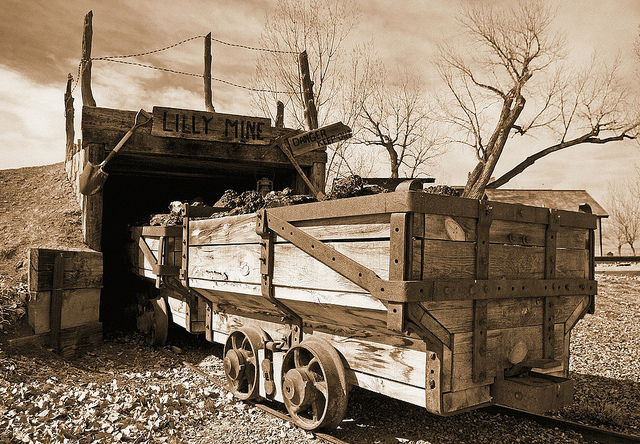
I’ve been having one of those ‘I’d long known it was important, but I’d forgotten just how important’ moments in recent weeks.
One of our clients has recently gone live and, in the absence of a colleague who was away on honeymoon, I found myself providing go-live support which involved parking myself in the midst of the sales floor, listening to what was going on and providing help and assistance where needed.
This sort of at the coal-face involvement is critical for a number of reasons:
- You can pick up issues quicker and address them earlier before they impact too many people
- You spot issues that users didn’t realise were issues, figuring them to be quirks of the system that they will workaround, rather than something that can be fixed
- You can capture issues that users might not otherwise report because reporting things is time-consuming, but easy if there’s someone stood beside them
- You can spot potential improvements to the system because you can see what users are struggling with
- You can improve user adoption by providing on the spot training and support tailored to an individual’s requirements. This is important because no matter how good traditional classroom training may be, users generally won’t take everything in.
- Finally, no matter how thorough your original requirements gathering, you will invariably discover new, and often key, requirements that can often be quickly and beneficially addressed
While being close to the coal-face is critical when a system first goes live, it’s also important over the long term too. Seeing first-hand how users are engaging with a system, what they’re doing right and wrong, what they find difficult, what isn’t ergonomic, what could be streamlined, and where the system fails to fully meet their needs, is an essential component of extending the life and value of your investment in technology.
Either way, whether you’re implementing a new system or managing an existing one, the key is always to actively look for trouble. Don’t just assume it will find its way to you.
Photograph courtesy of Ron Reiring provided through a creative commons license. No changes have been made to the original image.
![[Facebook]](http://www.mareeba.co.uk/blog/wp-content/plugins/bookmarkify/facebook2.png)
![[Google]](http://www.mareeba.co.uk/blog/wp-content/plugins/bookmarkify/google-plus2.png)
![[LinkedIn]](http://www.mareeba.co.uk/blog/wp-content/plugins/bookmarkify/linkedin2.png)
![[Twitter]](http://www.mareeba.co.uk/blog/wp-content/plugins/bookmarkify/twitter2.png)
![[Pinterest]](http://www.mareeba.co.uk/blog/wp-content/plugins/bookmarkify/pinterest2.png)